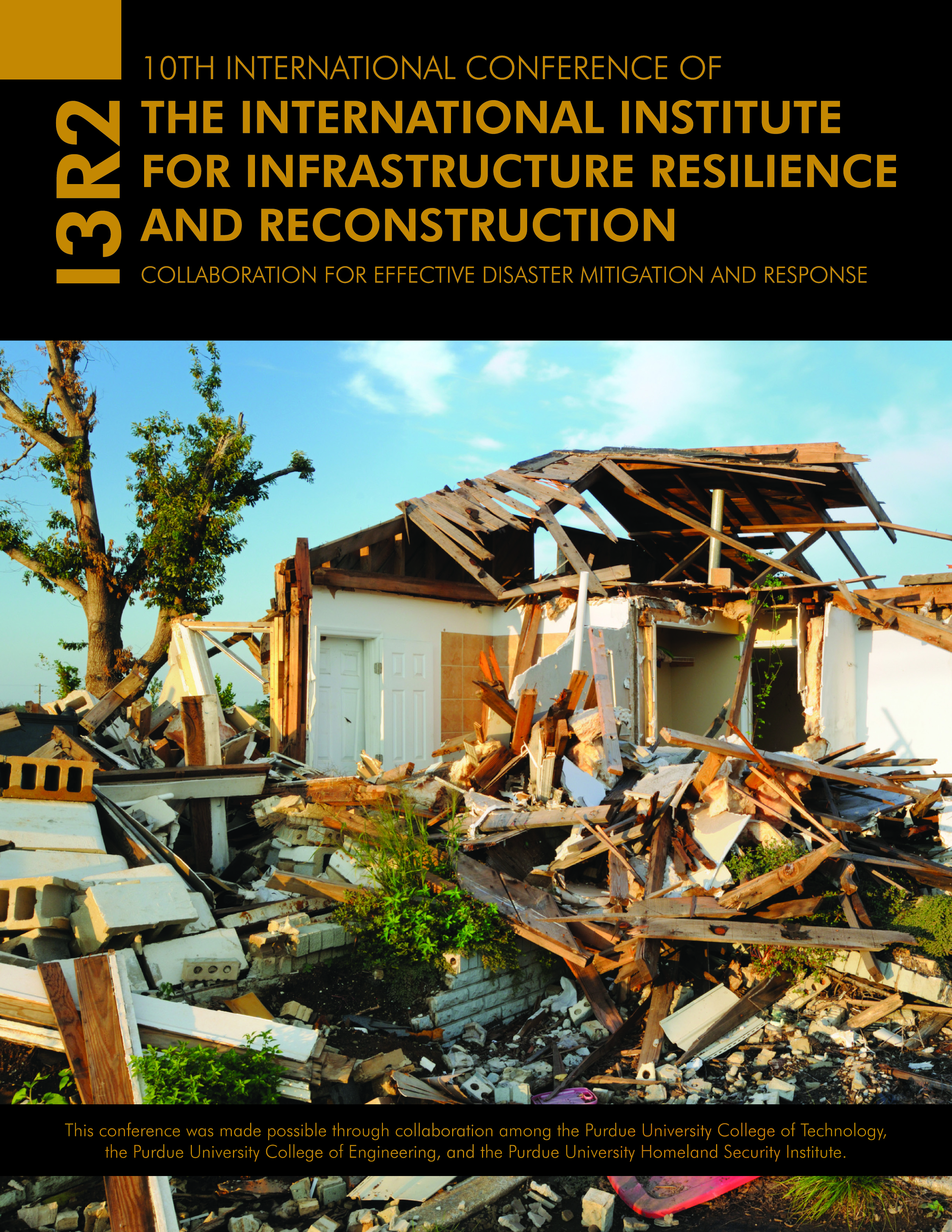Abstract
A local hazard mitigation plan (LHMP) is the fundamental base to protect individual properties and citizens’ lives from the local chronic and unexpected, overwhelming natural disasters. Each community prepares their own LHMP based on their specific features and conditions since regions are different by geographical features, social norms, and cultural backgrounds. Of those differences, this study focuses on how the developed countries in hazard mitigation consist of LHMP and which part of the plan is strong or weak. This research presents comparisons for the LHMPs communities in three different countries: USA, Japan, and Korea. Indicators used in the research are very common ones that can be applied to the three countries. The result shows us an opportunity not to look at our LHMP as demonstrative administration, but to make it user friendly. As a result, it is strongly believed that more common indicators should be developed into LHMP and the compromise between bottom-up (PPP) and top-down (LHMP) should be discovered.
Keywords
hazard mitigation, plan evaluation, and flood
DOI
10.5703/1288284315357
Recommended Citation
Kim, H., & Kakimoto, R. (2014). Resilient Cities: Plan Evaluation for Floods. In Randy R. Rapp & William Harland (Eds.), The Proceedings of the 10th International Conference of the International Institute for Infrastructure Resilience and Reconstruction (I3R2) 20-22 May 2014. (62-74). West Lafayette, Indiana: Purdue University.
Included in
Resilient Cities: Plan Evaluation for Floods
A local hazard mitigation plan (LHMP) is the fundamental base to protect individual properties and citizens’ lives from the local chronic and unexpected, overwhelming natural disasters. Each community prepares their own LHMP based on their specific features and conditions since regions are different by geographical features, social norms, and cultural backgrounds. Of those differences, this study focuses on how the developed countries in hazard mitigation consist of LHMP and which part of the plan is strong or weak. This research presents comparisons for the LHMPs communities in three different countries: USA, Japan, and Korea. Indicators used in the research are very common ones that can be applied to the three countries. The result shows us an opportunity not to look at our LHMP as demonstrative administration, but to make it user friendly. As a result, it is strongly believed that more common indicators should be developed into LHMP and the compromise between bottom-up (PPP) and top-down (LHMP) should be discovered.



